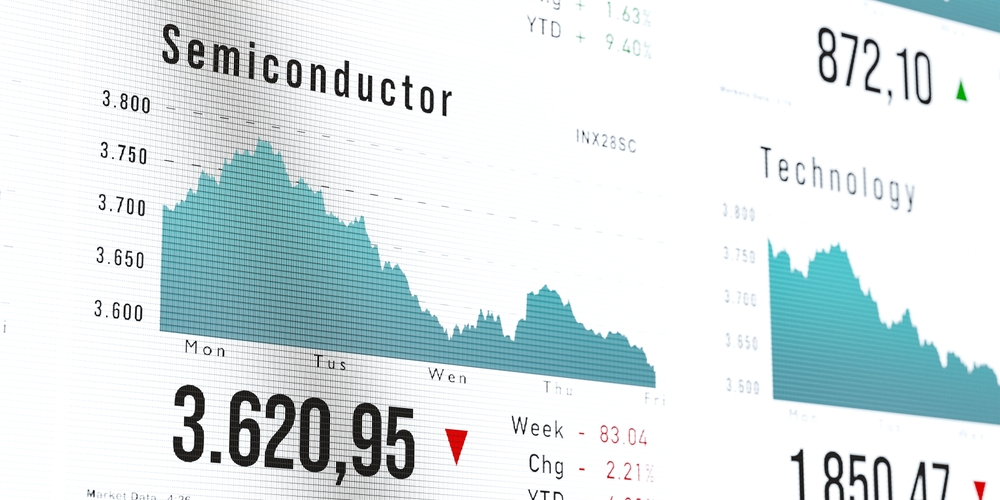
As investors grow more skeptical about AI companies' profitability, semiconductor stocks have taken a hit.
SEALSQ (LAES) — a Geneva-based semiconductor developer — is one of the stocks that’s been on the chopping block lately, shedding nearly two-thirds of its value since the start of the year.
Back in July, Bank of America’s Savita Subramanian, head of U.S. equity and quantitative strategy, said in a note that the “AI hype days are over” for investors.
“As AI transitions from ‘tell me’ to ‘show me,’ companies clearly monetizing AI are likely to lead from here,” she explained.
If Wall Street has truly entered the “show me” phase, that puts added pressure on a company like SEALSQ (LAES).
SEALSQ is working to become a full-scale digital security firm, designing semiconductors that can withstand quantum computer attacks—essentially cybersecurity for the quantum computing age.
Of course, we’re still years away from the commercialization of quantum machines.
The risk of security breaches from them could become a major threat down the road, but for now, investors want startups that are “clearly monetizing AI,” as Subramanian puts it.
While SEALSQ’s core focus is on “post-quantum security,” it’s already generating revenue from products in production today.
These include smart card reader chips for identity verification and secure ARM platforms used in USB tokens and crypto wallets — putting it ahead of many startups in the quantum space where revenue is often hypothetical.
Shares of LAES jumped over 12% on Monday, with a five-day moving average of 43.7%.
Are Investors too bearish on semiconductors?
Glen Kacher, founder and CIO of Light Street Capital, told CNBC last month that investors aren’t fully recognizing the upside in semiconductor stocks, comparing the PHLX Semiconductor Sector (SOX) to the S&P 500.
“Since the summer, the semiconductor stock index is basically flat, while over that time, the S&P 500 is up 15%,” he said. “Meanwhile, semiconductor fundamentals are continuing to improve, so the multiples are much better now for semis.”
The multiple for the SOX is down about 20% since July, while the S&P 500’s multiple has climbed 9%, Kacher added. Meanwhile, hedge funds’ short exposure in semiconductors is at a five-year high.
“The relative multiples have compressed by 30% in six months,” he said. “So in our view, semiconductor investors are irrationally bearish at this point.”
The semiconductor industry generated $627 billion in sales last year, according to Deloitte, with 2025 sales projected to hit a record $697 billion. The report notes that the industry is on track to reach $1 trillion in sales by 2030.
Your email address will not be published. Required fields are markedmarked